asjdksjad
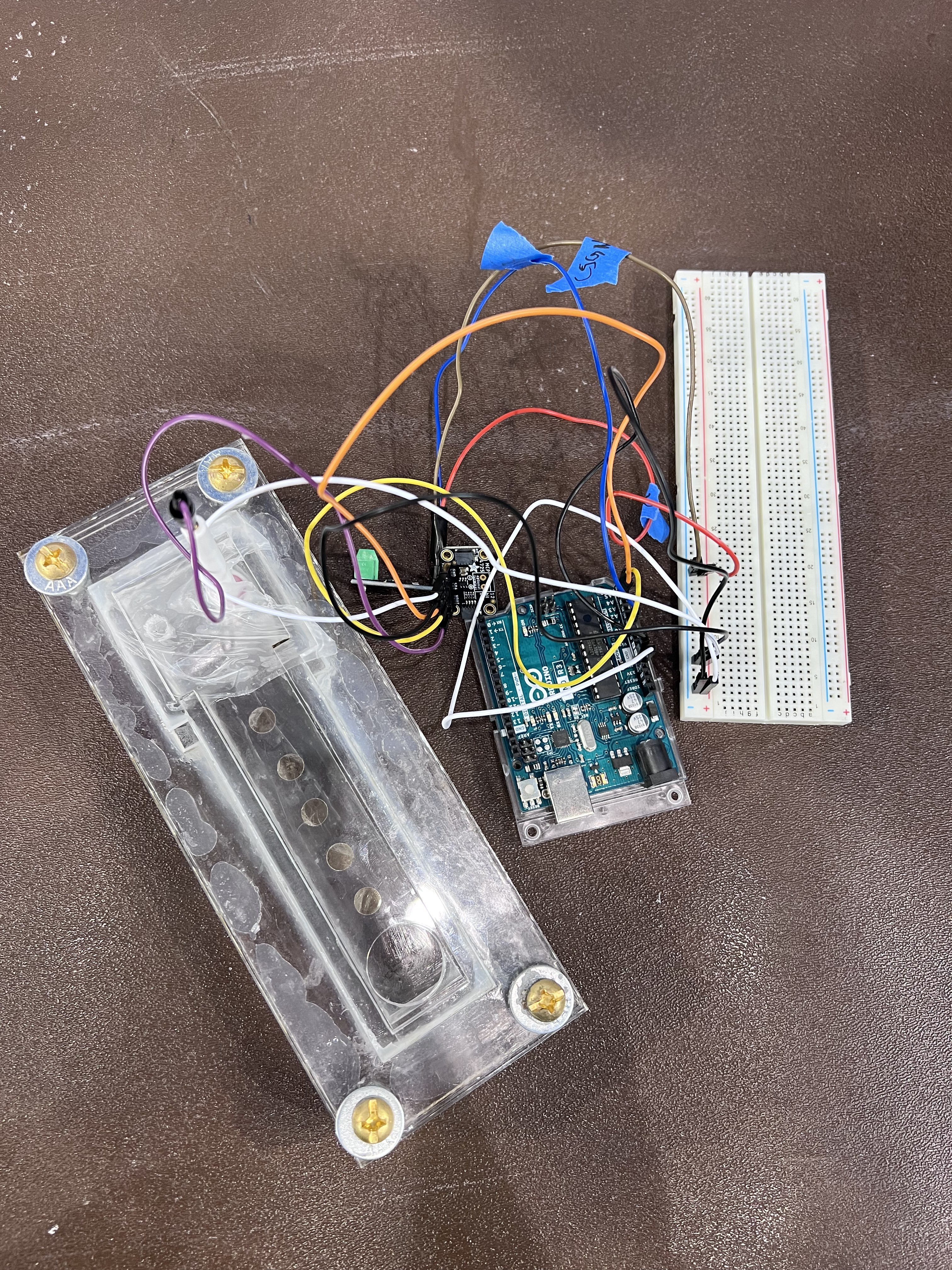

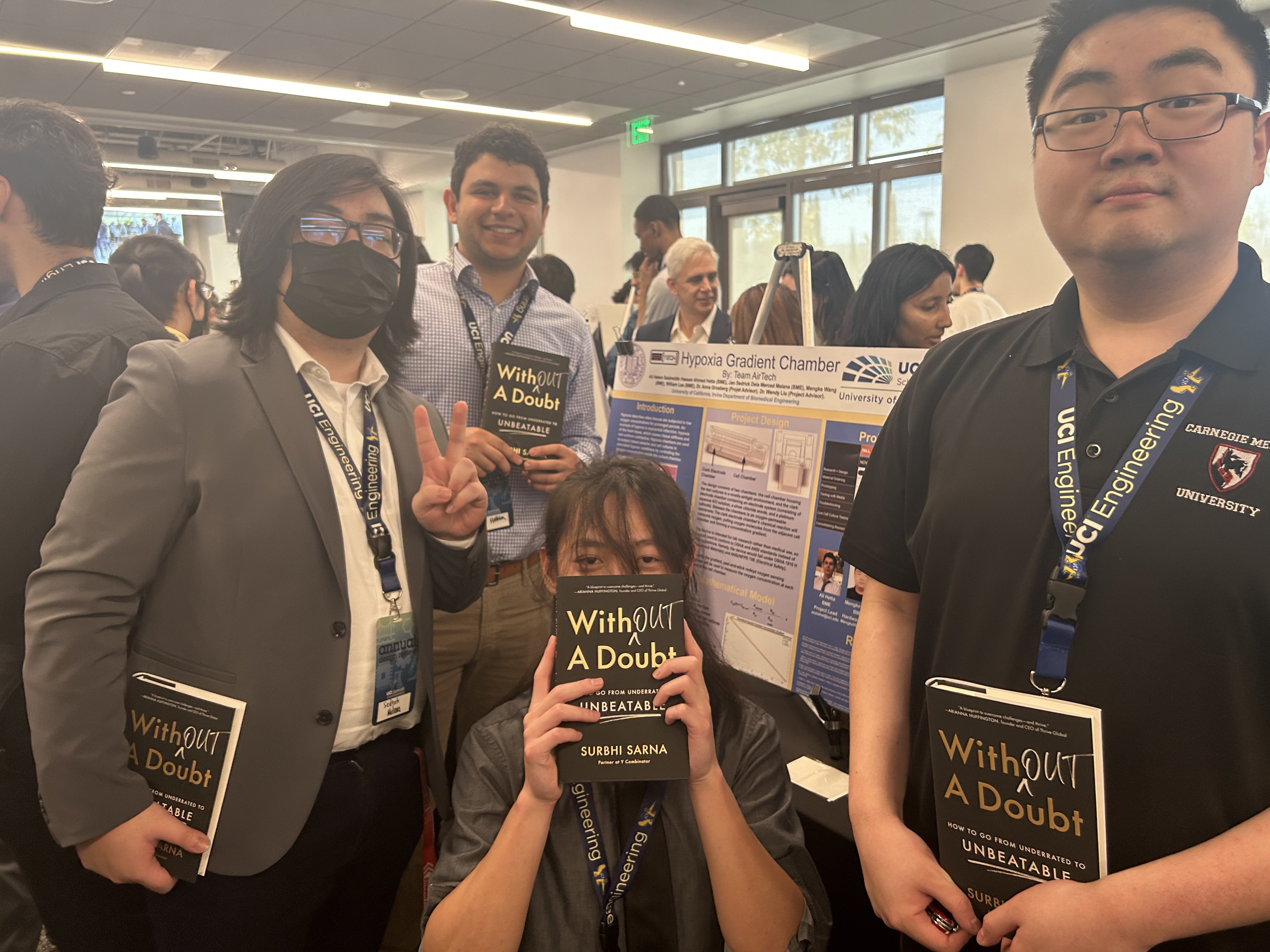
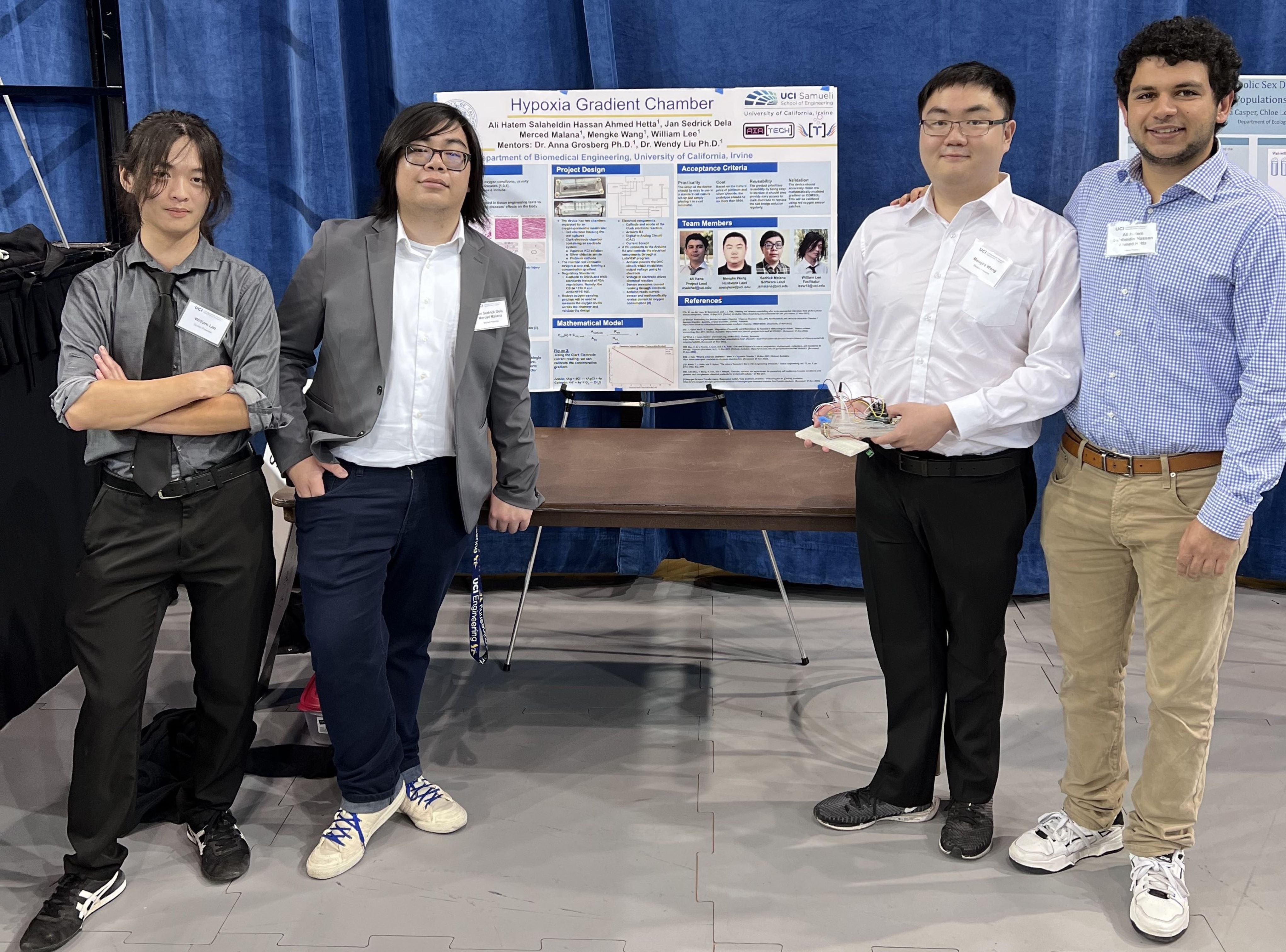





Team Lead
Major in Biomedical Engineering
Responsible for overseeing design, coordinating between team members, and providing support to any all aspects of the fabrication process.

Software Lead
Major in Biomedical Engineering
Coordinating the major Arduino/LabVIEW coding projects as well as overseeing the written reports surrounding the product.

Hardware Lead
Major in Biomedical Engineering
In charge of hardware design, CAD, Manufacturing. He is also currently in charge of website making.

Facilitator
Major in Biomedical Engineering
Takes care of video editing, slide formatting, and supports the others where he can. He is currently in charge of the electronic hardware as well as supporting the creation of the software.

Faculty Mentor

Faculty Mentor
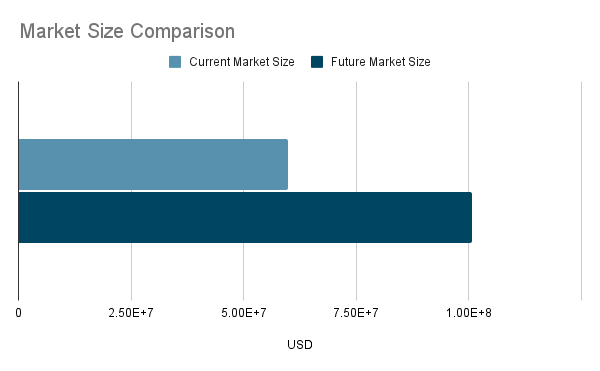
Our target market–tissue engineering labs focused on hypoxic conditions such as myocardial infarction (heart attacks)–is currently valued at $59.9 million.
It is expected to grow to $100.6 million at an annual growth rate of 7.7%.
The only hypoxia chambers on the market are all single concentration chambers. Our device will offer a unique control system that more accurately recreates anatomical hypoxic environments.

Our current prototype includes an acrylic frame with a screw down lid that creates an airtight seal, allowing for controlled oxygen diffusion. Oxygen from the atmosphere passively diffuses through an opening on the left end of the device. As oxygen diffuses along the length of the cell enclosure it eventually reaches a gaseous permeable membrane that separates the cell enclosure from the clark electrode, which reacts to consume oxygen. In theory, the consumption of oxygen through the clark electrode on one end and the passive diffusion of oxygen on the other would create an oxygen concentration gradient within the airtight cell enclosure.
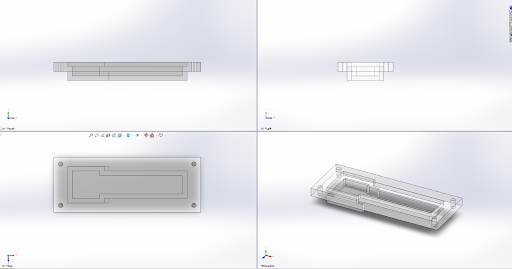
The chamber can be divided into two distinct ends: the hypoxic end containing an oxygen-consuming chemical reaction, and the high-oxygen end with an air hole exposing the chamber to atmospheric oxygen. Oxygen diffuses from the high-oxygen end to the low-oxygen end to create the hypoxia gradient. The chamber itself is made from laser-cut acrylic and made watertight with silicone adhesive sealant.

The electronics are dedicated to powering and controlling the system’s Clark electrode, a galvanic electrode cell system that consumes oxygen in its chemical reaction. The stronger the voltage flowing between the electrodes, the more oxygen is consumed. Therefore, it’s possible to tune the existing hypoxia gradient by changing the voltage fed into the system. LabVIEW code within an Arduino Uno Rev3 board controls the voltage flow, then senses the current through the
Future prototypes and builds of the product will focus on selling the electronic components and the culture chamber separately, making the culture chambers disposable and easy to replace during laboratory work. This allows the electronics (the significantly more expensive half of the product) to last many experiment iterations, but the disposable chambers can be replaced so the system can stay sterilized.